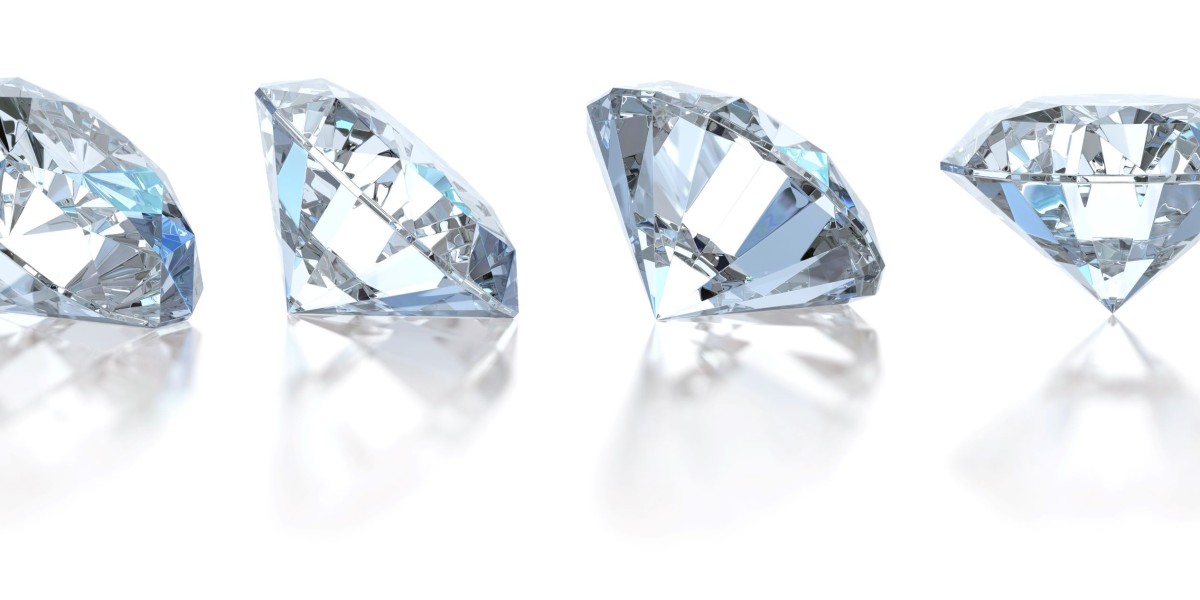The world of gemstones has been revolutionized by technological advancements, giving rise to various types of synthetic gems. These gems, created in laboratories, offer an alternative to natural gemstones, often at a fraction of the cost while maintaining a similar appearance. Synthetic gems encompass a broad range, including lab-grown gems, lab-created gems, and lab diamond gems.
Lab Gems
Lab gems are produced in controlled environments using advanced technological processes. They possess the same physical, chemical, and optical properties as their natural counterparts. These gems are crafted to perfection, often with fewer inclusions and a more consistent color than natural stones. The appeal of lab gems lies in their affordability and ethical sourcing, making them a popular choice among consumers seeking beauty without the associated environmental and ethical concerns of mining.
Lab-Grown Gems
Lab-grown gems, also known as lab-created or man-made gems, are cultivated using methods that replicate the natural conditions under which gemstones form. These gems are essentially identical to those found in nature. The process begins with a seed crystal, which is subjected to high temperatures and pressures, encouraging crystal growth. Over time, these crystals develop into fully formed gemstones. Lab-grown gems offer the allure of natural stones but with a more controlled and predictable outcome.
Lab Diamond Gems
Lab diamond gems are perhaps the most renowned type of lab-grown gemstone. Created using High Pressure High Temperature (HPHT) or Chemical Vapor Deposition (CVD) methods, lab diamonds exhibit the same brilliance, hardness, and thermal conductivity as natural diamonds. HPHT involves mimicking the intense heat and pressure conditions of the Earth's mantle, while CVD utilizes a gas mixture to deposit carbon atoms onto a substrate, forming diamond layers. These methods produce high-quality diamonds that are virtually indistinguishable from mined diamonds, both visually and chemically.
Cubic Zirconia Gems
Cubic zirconia (CZ) gems are one of the most popular diamond simulants. First created in the 1970s, CZ is made from zirconium dioxide. It is known for its high refractive index, impressive sparkle, and affordability. While it lacks the hardness of diamonds, ranking 8.5 on the Mohs scale compared to diamonds' 10, CZ remains a favored choice for fashion jewelry due to its brilliance and cost-effectiveness.
Moissanite is a naturally occurring silicon carbide discovered by Henri Moissan in 1893. However, natural moissanite is incredibly rare, so most moissanite available today is lab-created. Moissanite gems are prized for their exceptional fire and brilliance, surpassing even diamonds. They rank 9.25 on the Mohs scale, making them one of the hardest gemstones available. Moissanite's unique optical properties, coupled with its affordability, have made it a popular alternative to diamonds.
HPHT and CVD Diamonds
HPHT and CVD diamonds represent the pinnacle of synthetic diamond technology. HPHT diamonds are created by simulating the high pressure and high temperature conditions found deep within the Earth. This method can produce both gem-quality and industrial diamonds. CVD diamonds, on the other hand, are grown in a vacuum chamber where carbon-containing gas is activated, allowing carbon atoms to deposit onto a diamond seed and form layers. Both methods produce diamonds that are virtually indistinguishable from natural diamonds, both in terms of appearance and physical properties.
Hydrothermal Gems
Hydrothermal gems are created using a process that mimics the natural formation of gemstones in hydrothermal veins. This method involves dissolving minerals in a high-temperature, high-pressure solution and allowing crystals to form as the solution cools. Hydrothermal synthesis is commonly used to produce emeralds, aquamarines, and quartz varieties. The resulting gems exhibit excellent clarity and vibrant colors.
Nano Crystal Gems
Nano crystal gems are a relatively new addition to the synthetic gemstone market. These gems are made from nanocrystalline materials, which are composed of extremely small crystals. This technology allows for the creation of gems with unique optical properties and a high degree of purity. Nano crystal gems are often used in fashion jewelry and are valued for their innovative appearance and affordability.
Natural Gemstones
Despite the advancements in synthetic gemstones, natural gemstones continue to hold a special place in the hearts of collectors and enthusiasts. Formed over millions of years through geological processes, natural gemstones possess unique characteristics and histories that synthetic gems cannot replicate. Each natural gemstone is a piece of Earth's history, bearing the marks of its journey through time.
In conclusion, the world of gemstones offers a fascinating array of options, from natural wonders to technological marvels. Whether one chooses the timeless allure of natural gemstones or the innovative appeal of lab-created gems, each type brings its own unique beauty to the table.Read More









